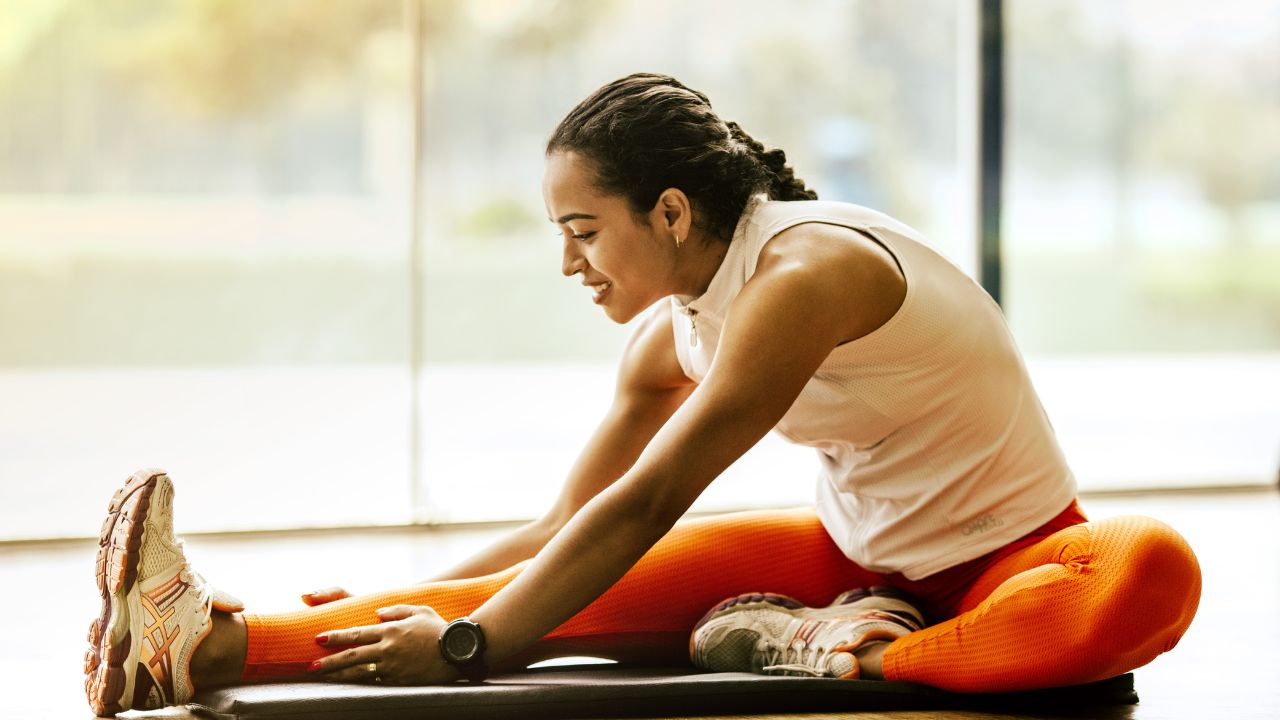
Understanding the Importance of Stretching for Flexibility
Stretching is an essential component of any fitness routine, as it helps improve flexibility, range of motion, and overall mobility. Incorporating regular stretching into your daily life can lead to numerous benefits, such as reduced muscle tension, improved posture, decreased risk of injury, and enhanced athletic performance. However, with various stretching techniques available, it can be challenging to determine which ones are the most effective for increasing flexibility.
Static Stretching: The Classic Approach
One of the most common and well-known stretching techniques is static stretching. This method involves holding a stretch in a comfortable position for a period of 15 to 30 seconds, allowing the targeted muscle to gradually lengthen and relax. Static stretching is best performed after a workout when the muscles are warm and more receptive to stretching. Some examples of static stretches include:
1. Hamstring stretch: Sit on the floor with your legs extended in front of you. Reach for your toes, keeping your back straight.
2. Quadriceps stretch: Stand on one leg, bend the other leg behind you, and grasp your ankle, pulling it towards your buttocks.
3. Chest stretch: Stand with your arms extended behind you, interlace your fingers, and lift your arms until you feel a gentle stretch in your chest.
Static stretching is an excellent way to improve flexibility and can be easily incorporated into your cool-down routine.
Dynamic Stretching: Preparing the Body for Movement
Dynamic stretching involves performing controlled movements that mimic the activity you are about to engage in, gradually increasing your range of motion and preparing your body for more intense exercises. This type of stretching is ideal for pre-workout routines, as it helps to activate the muscles, increase blood flow, and improve overall performance. Some examples of dynamic stretches include:
1. Leg swings: Stand on one leg, holding onto a wall or chair for balance, and swing the other leg forward and backward, gradually increasing the height of the swing.
2. Walking lunges: Take a large step forward, lowering your back knee towards the ground, then push off your front foot and repeat with the opposite leg.
3. Arm circles: Stand with your feet shoulder-width apart and your arms extended out to the sides. Make small circular motions with your arms, gradually increasing the size of the circles.
Dynamic stretching is an effective way to prepare your body for physical activity and can help reduce the risk of injury during exercise.
Proprioceptive Neuromuscular Facilitation (PNF) Stretching
PNF stretching is an advanced stretching technique that involves alternating between muscle contraction and relaxation to achieve a deeper stretch. This method is often used by athletes and physical therapists to improve flexibility and range of motion quickly. The most common PNF stretching techniques include:
1. Hold-relax: Begin by performing a static stretch on the targeted muscle. Contract the muscle isometrically (without moving) for 5-10 seconds, then relax and deepen the stretch for 15-30 seconds.
2. Contract-relax: Start with a static stretch, then contract the muscle being stretched against resistance (provided by a partner or an immovable object) for 5-10 seconds. Relax the muscle and deepen the stretch for 15-30 seconds.
PNF stretching can be highly effective for improving flexibility, but it is essential to perform these techniques correctly and with the guidance of a trained professional to avoid injury.
Incorporating Stretching into Your Routine
To maximize the benefits of stretching for flexibility, it is crucial to incorporate a combination of stretching techniques into your regular fitness routine. Aim to stretch at least 2-3 times per week, focusing on the major muscle groups and holding each stretch for 15-30 seconds. Remember to listen to your body and never push yourself beyond your limits, as overstretching can lead to injury.
In addition to structured stretching sessions, try to find opportunities throughout your day to perform gentle stretches, such as during work breaks or while watching television. By making stretching a consistent part of your daily life, you will notice improvements in your flexibility, mobility, and overall well-being.
Conclusion
Improving flexibility through stretching is a gradual process that requires patience and consistency. By incorporating a combination of static, dynamic, and PNF stretching techniques into your fitness routine, you can effectively increase your range of motion, reduce muscle tension, and enhance your overall mobility. Remember to always listen to your body, warm up before stretching, and seek guidance from a qualified professional when attempting advanced techniques. With dedication and regular practice, you will be well on your way to achieving your flexibility goals and enjoying the numerous benefits that come with a more supple, resilient body.
 Mobility trainingHome Fitness RecoverySports Injury PreventionPersonal Physical TherapyOrthopedic SolutionsPrivacy PolicyTerms And Conditions
Mobility trainingHome Fitness RecoverySports Injury PreventionPersonal Physical TherapyOrthopedic SolutionsPrivacy PolicyTerms And Conditions
